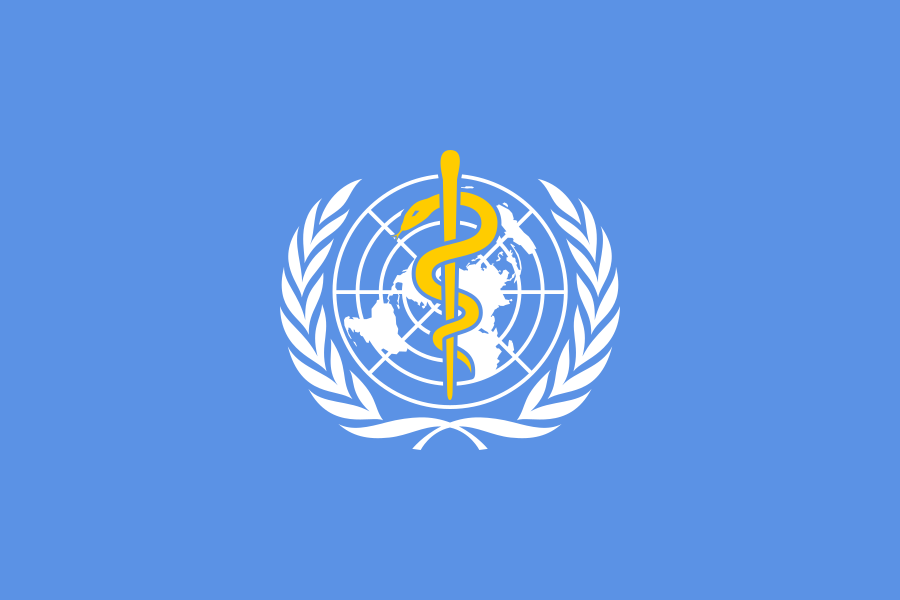 KINSHASA – The Congo has been at war for a very long time. Most people who live there have never experienced an extended period of peace. The inability to stabilize the government has turned a country with enormous economic resources into a graveyard for more than six million people. While rebels and militia continue to clash, the World Health Organization (WHO) has been waging its own war against yet another outbreak of the Ebola virus.
KINSHASA – The Congo has been at war for a very long time. Most people who live there have never experienced an extended period of peace. The inability to stabilize the government has turned a country with enormous economic resources into a graveyard for more than six million people. While rebels and militia continue to clash, the World Health Organization (WHO) has been waging its own war against yet another outbreak of the Ebola virus.
The country has been in such a constant state of war that it has become known as “Africa’s World War.” The battle simply seems unwinnable. The same is beginning to be said about the Ebola virus as a new epidemic has started within only a week of the declaration that the last one was fully contained.
A spokesperson for WHO warned that this outbreak may be critically more complex to control because it has broken out in a much more densely populated region of the country where about a million displaced people are forced to stay on the move to avoid being caught in the midst of the military conflict. A local school teacher who had to flee the fighting with his family said, “We had no idea where we were going. After walking for five hours, we settled in a clearing in the bush (where we hid) in towering palm trees for 10 months.”
The WHO uses a ring-fencing vaccination procedure as its method to restrict the transfer of the virus between individuals.
Ring-fencing is a strategy whereby all people who may have had contact with patients are vaccinated. In addition, all people who have been in contact with an individual in the inner ring also receive vaccinations and are monitored for evidence of the virus.
While ring-fencing worked relatively effectively as a containment protocol in the previous outbreak, that incident was confined to a relatively small and sparsely populated area.
The combination of factors that includes the nearly continual movement of the displaced population and the obvious dangers of being caught in the crossfire is making this containment effort all the more difficult – and, therefore, dangerous from a health concern alone.
Once the people start moving to preserve their own safety, that may be yet another thing that they are unwittingly putting at risk. If the WHO cannot isolate the inner and outer rings of people who have been in contact with others who have been infected, it is within the realm of reality that the virus could claim thousands of more lives.
At this early stage of the latest outbreak the number of people who have succumbed to the virus is unclear, but at least 20 have not survived. About 90% of people who contract the virus die from its effects.
Pray for people of the Congo, for the WHO, and for the NGO relief agencies working with them to provide logistic support.
Sources:
- BBC News, DR Congo country profile
- South China Morning Post, An Ebola outbreak is erupting again in Congo – this time in an active war zone
- Tech Times, Ebola Outbreak Declared In Congo War Zone
- ABC News, Congo’s latest Ebola outbreak taking place in a war zone
- Metro News, My village and school were destroyed when war hit the Democratic Republic of Congo – but that didn’t stop me teaching
Image Source:
- By WHO [Public domain], via Wikimedia Commons




